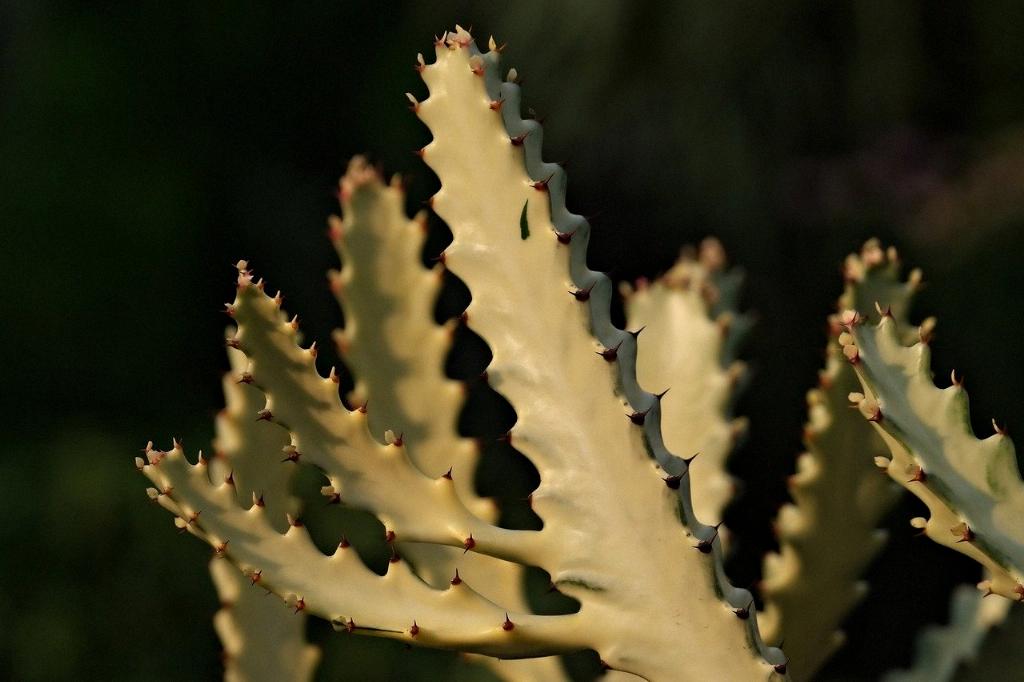When it comes to cutting and replanting a cactus, there are a few essential steps to follow to ensure the process is successful. First and foremost, it is crucial to use a clean and sharp knife when cutting off a pad or section of the cactus. This will help minimize the risk of damaging the plant and promote quicker healing.
After cutting off the desired section of the cactus, it is important to place the cut-off portion in a cool and dry place for approximately one to two weeks. During this time, the cut will form a dry callus, which is essential for preventing rot and promoting healthy growth when the cactus is replanted.
Once the cut has formed a dry callus, it is time to prepare the pot for replanting. Begin by partially filling a pot with either dry sand or cactus potting soil. Both options provide excellent drainage, which is crucial for the health of the cactus.
With the pot prepared, place the cut section of the cactus into the pot, positioning it cut side down against the sand or soil. Gently press the pad down into the soil to secure it in place and encourage root development.
After replanting the cactus pad, water the soil lightly to settle it around the base of the plant. It is essential to avoid overwatering at this stage, as it can lead to root rot. Cacti are highly resilient plants that store water in their tissues, making them more susceptible to overwatering.
Once the cactus pad has been replanted, place the pot in a location that receives bright, indirect sunlight. Cacti thrive in sunny conditions but can be sensitive to intense sunlight, so providing filtered light is ideal for their growth.
Over the following weeks, monitor the cactus for signs of growth and development. If the plant starts to show signs of stress, such as yellowing or drooping, adjust its care accordingly. Cacti are relatively low-maintenance plants but still require occasional attention to thrive.
During the growing season, consider fertilizing the cactus with a balanced cactus fertilizer to promote healthy growth. However, be cautious not to over-fertilize, as cacti are adapted to low-nutrient environments and can be sensitive to excess nutrients.
Regularly inspect the cactus for signs of pests or diseases, as these can impact the plant’s health and growth. Common issues to watch for include mealybugs, scale insects, and fungal infections. Address any problems promptly to prevent them from spreading.
As the cactus continues to grow, it may eventually outgrow its current pot. When this occurs, carefully transplant the cactus into a larger container, taking care not to damage the roots. Repotting can help promote continued growth and prevent the plant from becoming root-bound.
Remember to continue monitoring the cactus’s watering and sunlight requirements as it grows. Cacti have different needs during their active growing season compared to their dormant period, so adjusting care practices accordingly is essential for their overall health and well-being.
In conclusion, cutting and replanting a cactus can be a rewarding experience that allows you to propagate new plants and expand your collection. By following these steps and providing proper care, you can ensure the cactus thrives and continues to bring beauty to your space.

